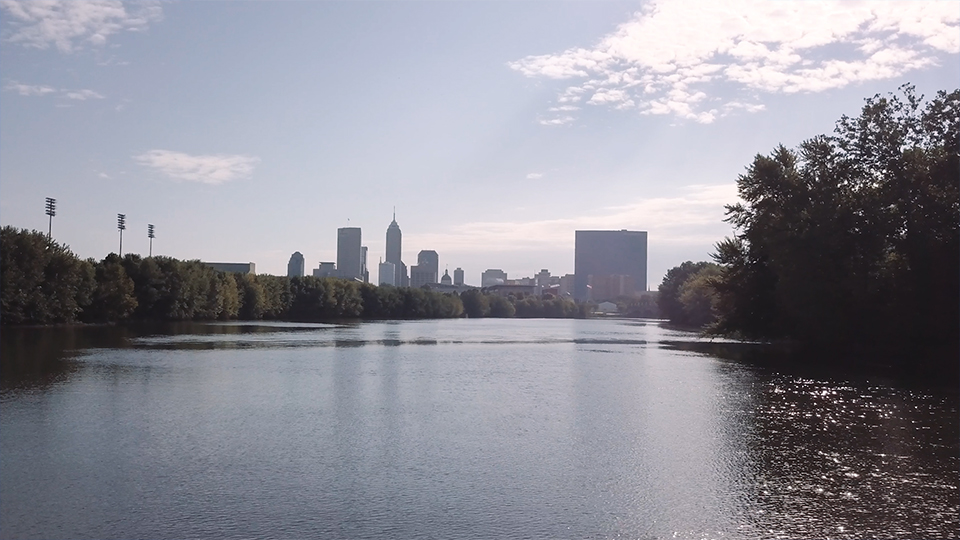Outcomes from the Central Indiana Water Study Generate Important Discussion and Collaboration
Subscriber Benefit
As a subscriber you can listen to articles at work, in the car, or while you work out. Subscribe Now
A comprehensive study of water demand and availability in Central Indiana has determined a need for ongoing planning among water utilities as well as investments to ensure continued water supply for population growth and economic development. The Central Indiana Water Study, funded by the Indiana Finance Authority (IFA), was conducted with a targeted goal in mind: to assess the future demand and availability of Central Indiana’s water resources and propose solutions for water supply issues facing the region. Findings from the first-of-its-kind study kicked off the fourth annual Indiana Water Summit on Aug. 9 and continue to draw interest and conversation among water leaders.
Region-wide studies are important to provide reliable, defendable and accurate information for utility operators to speak with their local governments and supervising boards on the importance of properly managing water resources.
Regional Collaboration of Water Suppliers
In Central Indiana, our water utilities have already begun meeting on a regular basis to address common issues. This level of communication should continue and even grow to include real-time water use and returns, short-term forecasts, transfers of water between utilities, coordinated drought response and more.
Central Indiana water utilities will remain focused on the local needs and circumstances, but the value of looking at the larger picture is becoming more important and will necessitate more effective coordination and communications between providers.
Invest in Increasing Water Availability
Addressing future demand requires careful management and investment in new and existing supply resources. A combination of strategies is needed to ensure adequate supply including new groundwater and surface water production facilities, increased surface water storage in near-river quarries, seasonal management of wellfields based on their location and water exchange between regions.
While the findings of the study are encouraging and suggest there are adequate water resources available within the Central Indiana region for several decades, the study also stresses the need for continued planning and highlights certain regional challenges that need to be addressed.
Water Conservation is Crucial
While households in general are using less water annually, the heavy use of water to keep lawns green during the late summer months poses a serious threat to water supplies and affordability. Improving how and when we water lawns is critical to safeguarding our communities’ reliable access to water in the future. Water conservation education related to lawn irrigation is paramount.
Continued and Additional Monitoring
More and better data is needed to ensure we can accurately monitor availability and react to threats and challenges. Expanding our stream monitoring network, regulating additional reporting for major water users and defining instream flows are all critical elements to this process. Likewise, we need to monitor available climate change data and models to better understand potential impacts. The results of the regional study can be used as a guide by each local utility for water resource planning and to make the best decisions on how and where to invest in future groundwater sources.
Looking Ahead
If the region is to continue to attract new business, it is critical that we understand how to best use the water resources beneath our feet and those moving in our streams. Water is our most important asset because it is necessary for all forms of life and our economic vitality and viability. Our vital water resources must be carefully managed and protected for Central Indiana to grow and prosper.
The Central Indiana Drinking Water Collaborative was formed in 2015 by the drinking water utilities within the nine county Central Indiana region to help address important water issues impacting our region.
The Drinking Water Collaborative includes: the cities of Anderson, Carmel, Greenfield, Lawrence, Lebanon, and Martinsville, the towns of Bargersville, Brownsburg, Danville, Fortville, Pendleton, Pittsboro, Plainfield, Speedway, and Whitestown, and Aqua Indiana, Citizens Water, Citizens Westfield Water, Citizens South Madison, Indiana American Water, Morgan County Rural Water and NineStar.
